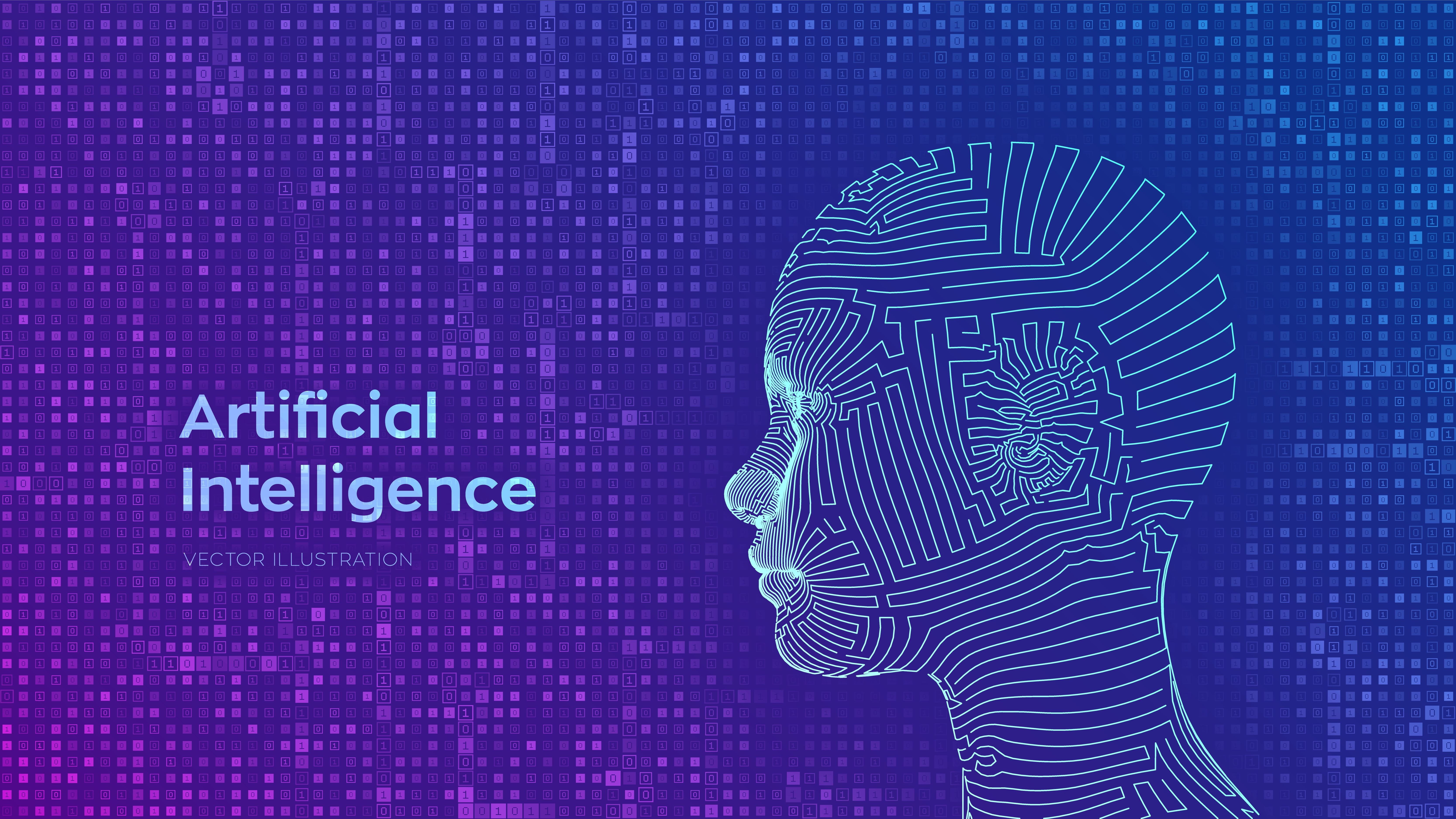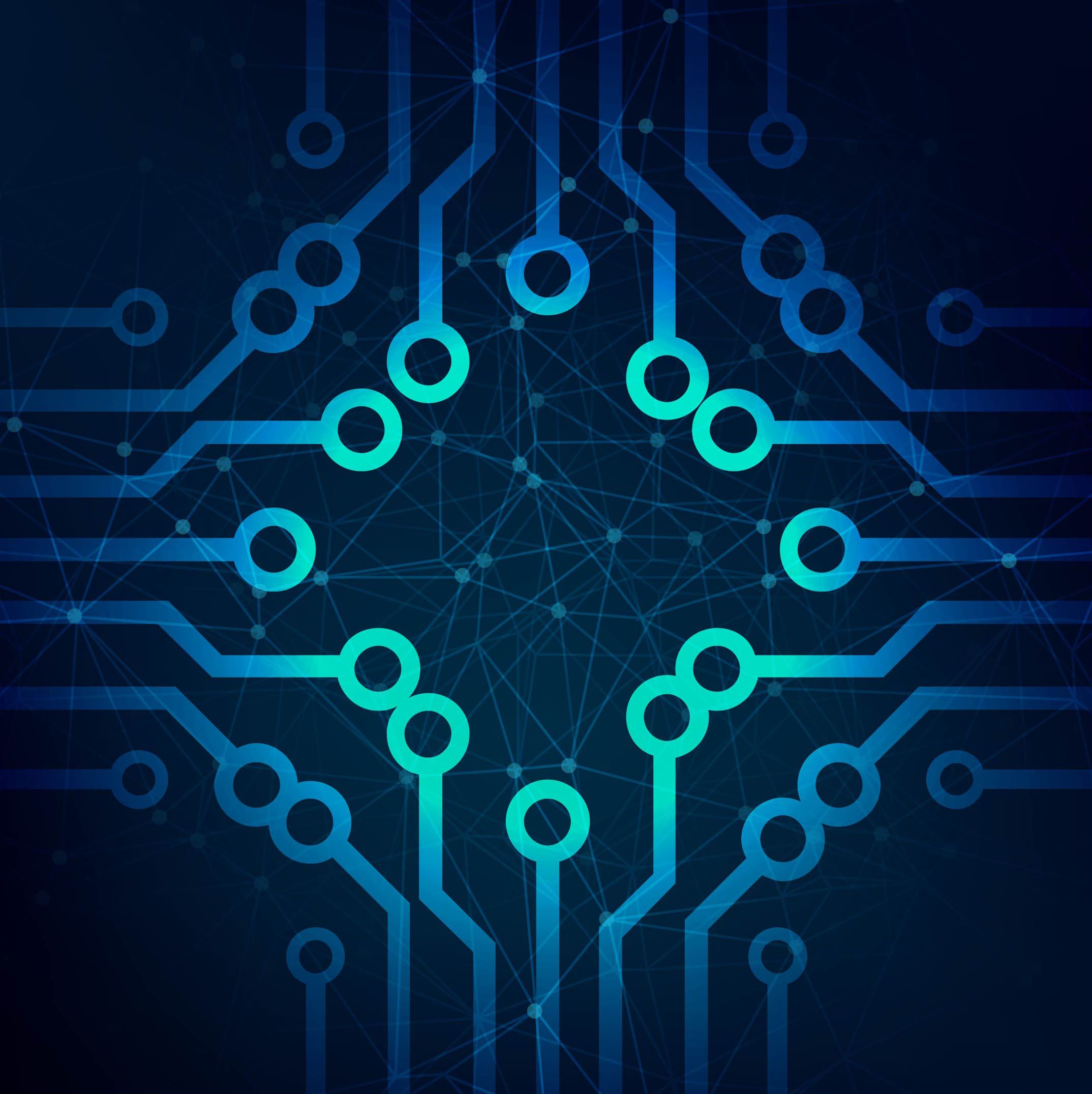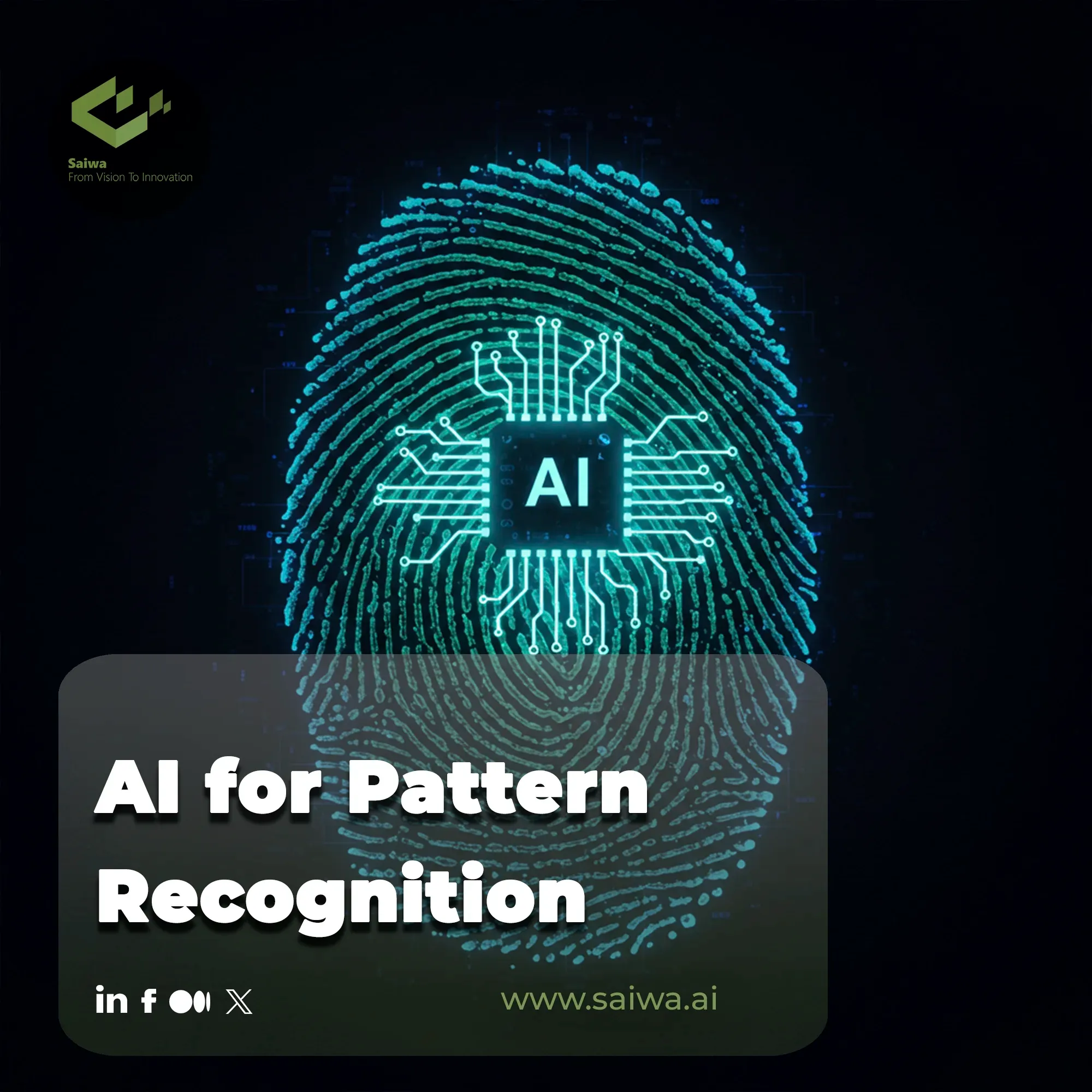According to Exploding topics each day, the world produces approximately 402 million terabytes of new data (around 402 quintillion bytes), yet more than 80% of enterprise data remains unstructured and largely unanalyzed. Traditional data analysis methods cannot process the volume and variety of modern datasets, leaving valuable insights hidden within raw information.
Artificial intelligence has transformed pattern recognition from a human cognitive ability into an automated computational process. Machine learning algorithms can detect subtle regularities across millions of data points in seconds, identifying trends, anomalies, and relationships that escape manual analysis.
This blog goes through how AI-driven pattern recognition works, the technologies powering these systems, and their applications across industries.
AI Pattern Recognition Explained Simply
Pattern recognition in AI refers to automated algorithms that identify regularities, structures, and similarities within data without explicit programming for each scenario. Unlike rule-based systems that follow predetermined logic, pattern recognition systems learn from examples to detect recurring features, sequences, or relationships across diverse information types.
These systems analyze visual patterns in images, temporal sequences in time-series data, linguistic structures in text, or abstract correlations in numerical datasets. The fundamental goal is classifying or clustering data based on discovered patterns, enabling machines to make predictions, automate decisions, and extract knowledge from raw information.

Here Why It’s Valuable
Automates Complex Tasks: Powers essential functions like voice assistants, facial recognition, and autonomous navigation.
Drives Efficiency & Speed: Enables real-time applications such as instant fraud detection and medical image analysis.
Enhances Accuracy: Identifies subtle patterns easily missed by humans, reducing error in critical fields like healthcare and quality control.
Enables Data-Driven Decisions: Provides objective, data-backed insights for better business strategies and personalized experiences.
Real-World Examples of Using of Pattern Recognition
AI-powered pattern recognition delivers transformative capabilities across diverse sectors by automating analysis that previously required extensive human expertise:
- Healthcare and Medical Diagnosis: Deep learning models analyze medical imaging data to detect diseases like cancer, diabetic retinopathy, and cardiovascular conditions with accuracy matching or exceeding specialist physicians. Pattern recognition identifies subtle visual indicators in X-rays, MRIs, and pathology slides that signal early-stage disease, enabling timely interventions.
- Financial Services and Fraud Detection: Algorithms monitor transaction patterns to identify anomalous behaviors indicating fraudulent activity, money laundering, or credit risk. Real-time pattern analysis flags suspicious transactions immediately, preventing losses while minimizing false positives that disrupt legitimate customer activities.
- Manufacturing Quality Control: Computer vision systems inspect products at production speeds, detecting defects, surface irregularities, or assembly errors that human inspectors might miss. Pattern recognition ensures consistent quality standards across millions of units while reducing waste and rework costs.
- Retail and Customer Analytics: Machine learning analyzes purchasing patterns, browsing behaviors, and demographic data to segment customers, predict preferences, and personalize recommendations. These insights drive targeted marketing campaigns and inventory optimization that increase revenue while improving customer satisfaction.
Systems Powering Pattern Recognition
Several core technologies enable AI systems to identify and interpret patterns effectively:
Convolutional Neural Networks (CNNs): These deep learning architectures excel at recognizing spatial patterns in images by applying filters that detect edges, textures, and complex visual features through hierarchical layers.
Recurrent Neural Networks (RNNs): Specialized for sequential data, RNNs identify temporal patterns in time-series information like speech, text, or sensor readings where order and context matter for interpretation.
Support Vector Machines (SVMs): These algorithms find optimal boundaries between different pattern classes in high-dimensional feature spaces, particularly effective for problems with clear category separations.
Decision Trees and Random Forests: These methods create interpretable classification rules by learning decision pathways through features, combining multiple trees to improve accuracy and reduce overfitting.
Autoencoders: Neural networks that compress data into lower-dimensional representations, learning essential pattern features while filtering out noise, useful for anomaly detection and dimensionality reduction.
What Works and What Doesn’t
AI-driven pattern recognition enables accurate data interpretation and decision-making, but it faces limitations like data complexity and other things.here are some mentionable examples of what works and what doesn’t.
What Works
AI-powered pattern recognition delivers measurable improvements across operational and strategic metrics:
- Automated Insight Discovery: Algorithms reveal hidden correlations, trends, and anomalies within complex datasets that manual analysis would never detect, transforming raw data into actionable intelligence.
- Scalability Across Data Volumes: Systems process millions or billions of data points with consistent performance, enabling analysis at scales impossible for human teams regardless of organizational resources.
- Real-Time Decision Support: Pattern recognition operates continuously on streaming data, providing instant alerts and recommendations that enable proactive responses rather than reactive analysis.
- Consistency and Objectivity: Algorithms apply learned patterns uniformly without fatigue, bias, or subjective interpretation, ensuring reliable results across repeated analyses and different operators.
- Predictive Capabilities: Historical pattern analysis enables forecasting of future events, behaviors, or outcomes, supporting strategic planning and risk management with data-driven projections.
What Doesn’t Work
Organizations deploying pattern recognition systems must navigate several technical and operational obstacles:
- Data Quality Dependencies: Model accuracy relies fundamentally on training data quality, representativeness, and volume. Insufficient, biased, or noisy datasets produce unreliable pattern recognition that undermines business applications.
- Feature Engineering Complexity: Identifying which data characteristics are most informative for pattern discrimination often requires domain expertise and iterative experimentation, particularly for novel applications.
- Computational Resource Requirements: Training sophisticated Machine learning models demands significant processing power, memory, and storage, creating infrastructure costs that may challenge smaller organizations or real-time applications.
- Interpretability Limitations: Complex neural networks often function as black boxes, making it difficult to understand why specific patterns were identified or decisions made, which hinders trust and regulatory compliance.
- Generalization Difficulties: Models trained on specific datasets may perform poorly when applied to different contexts, populations, or conditions, requiring continuous retraining and validation for changing environments.

Steps to Apply Pattern Recognition In your Business
Implementing AI-powered pattern recognition requires strategic planning and appropriate technical foundations:
Define Business Objectives: Identify specific problems where pattern recognition adds value, such as predicting customer churn, detecting equipment failures, or automating quality inspections. Clear goals guide data collection and model selection.
Assess Data Availability: Evaluate existing data sources for relevance, quality, and volume sufficient for training robust models. Determine whether additional data collection or labeling efforts are needed before implementation.
Select Appropriate Methods: Choose pattern recognition techniques based on your data types, problem characteristics, and interpretability requirements. Supervised methods work well with labeled data, while unsupervised approaches discover unknown structures.
Integrate with Business Systems: Connect pattern recognition outputs to operational processes, dashboards, and decision workflows where insights drive actions. Automation maximizes value by enabling real-time responses to detected patterns.
Bishop, C. M. (2006). Pattern Recognition and Machine Learning. Springer. https://www.springer.comTrack model performance against business metrics, retrain with new data regularly, and refine feature engineering based on results. Pattern recognition systems improve over time through iterative enhancement.
Conclusion
AI-powered pattern recognition transforms data from static information into dynamic intelligence that drives automated decisions and predictive insights. Machine learning systems identify complex relationships across data dimensions that escape human analysis, enabling capabilities from disease detection to fraud prevention that were science fiction a decade ago.
From our experience at Saiwa Inc., effective pattern recognition depends on making advanced AI accessible, adaptable, and reliable across diverse real-world data. Through our Fraime platform—offering image enhancement, detection, counting, authentication, and user-driven deep learning—we’ve seen that practical value emerges when individuals and organizations can train, test, and customize their own models rapidly, without heavy infrastructure or AI/ML
expertise.
Pattern recognition is crucial for several key aspects of AI, enabling data-driven insights, automated decision-making, and enhanced human-computer interaction. Its ability to extract meaningful patterns from data unlocks valuable knowledge and predictive capabilities.
Note: Some visuals on this blog post were generated using AI tools.

